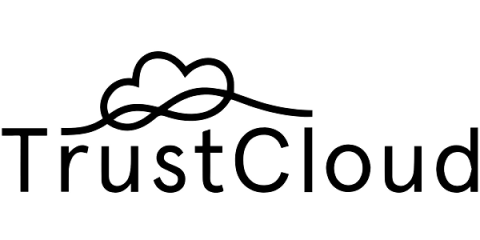What is PHI? (Protected Health Information)
Protected Health Information (PHI) is a critical aspect of healthcare, encompassing any data that can identify an individual and is used in the context of medical care. Examples of PHI include personal identifiers (name, address, Social Security number), medical records, health insurance information, and even communications containing health details.











